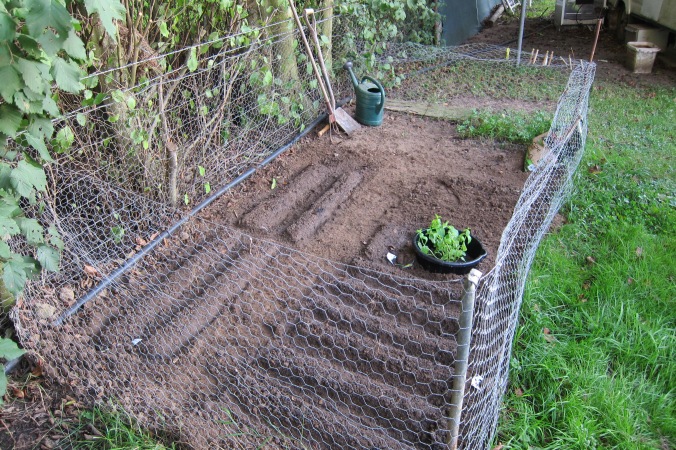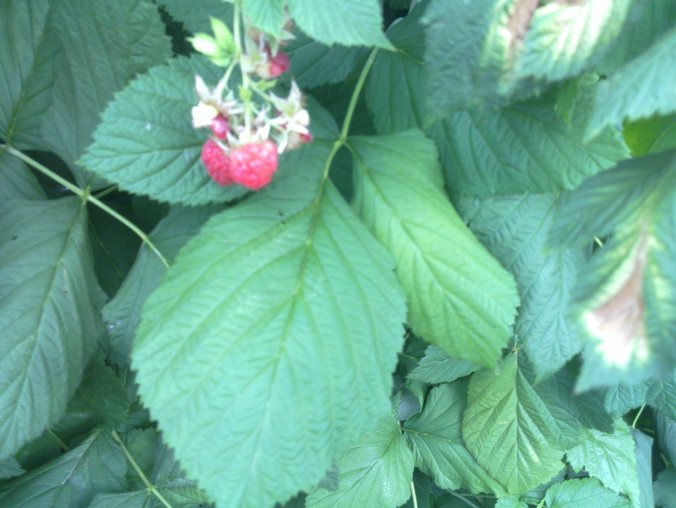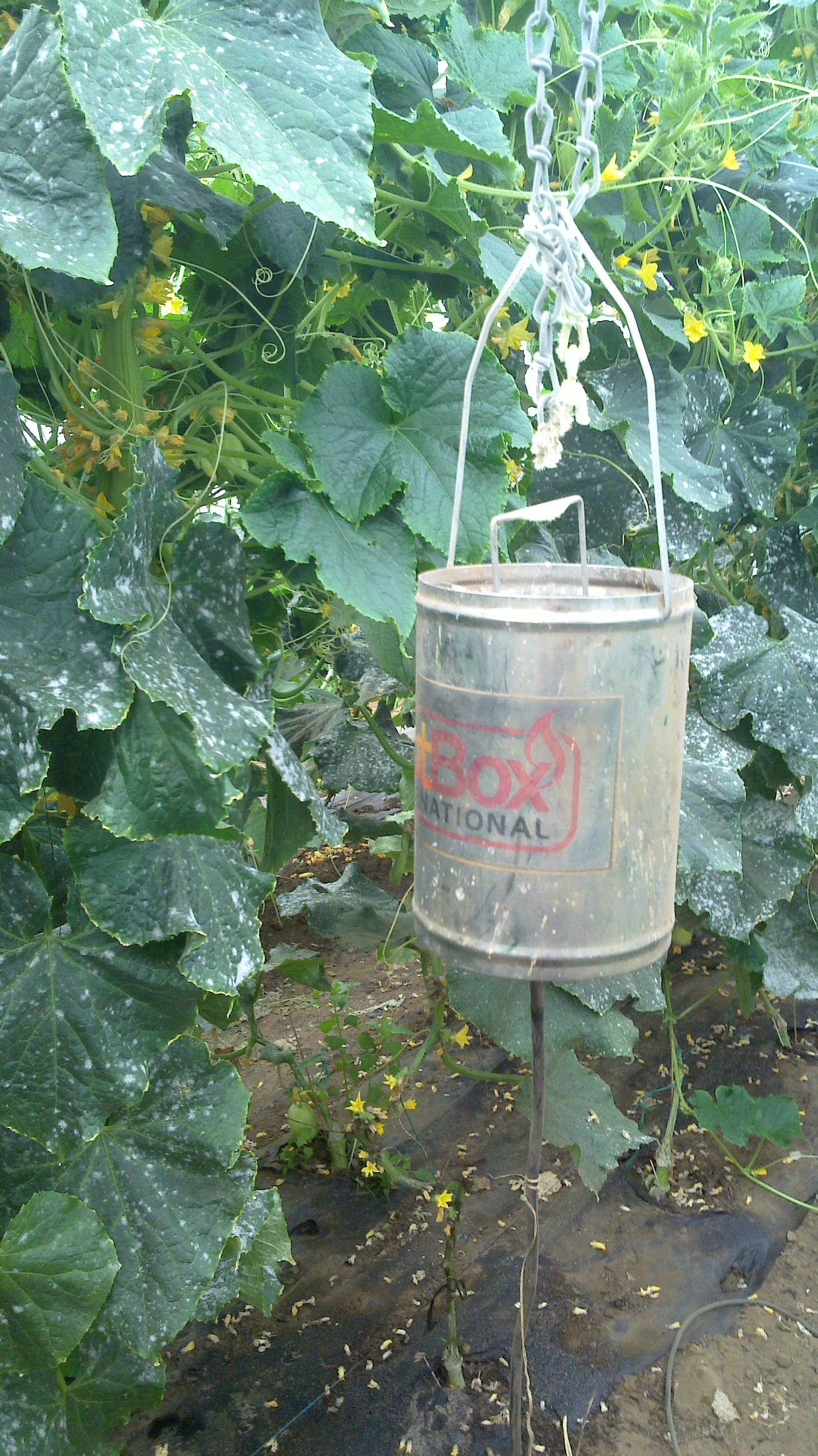Yesterday, at Parson’s green Farmer’s Market, i chatted with a few of the customers – and as usual, learnt a few things in the process.
I chatted with a regular customer, a girl from Russia, who told me, their growing season was over for strawberries, in her part of Russia (situated near the dividing line between Europe and Asia). My own farm, which is slap bang in the middle of Kent- will be selling fresh grown strawberries for many weeks to come, before the cold of autumn sends them to sleep. I was also told, how every household would have their own plot of land to grow food, which seems a good idea. Throughout the year, people would be selling the fruits and vegetables from their gardens, so wherever you went you could pick up some fresh grown carrots here – salad leaves there. This also reminded me of one of the Polish guys i work with, telling me of how, when he was growing up, instead of being sent to the local shop to buy a few bits for supper, he would be sent down the country road where they lived, where one of the households would be selling – from their vegetable plot – maybe carrots, the next house, maybe potatoes, and together with what they would have grown in their own garden, my friend could do all the weeks fresh shopping without going into town or anywhere near a local shop. In England, almost nobody i know grows their own food, but a generation before, everyone with any available small plot would have to grow something to supplement their diet. Someone did tell me only the other day, that in London, lots of the Italian people they knew, still grew food on all the available spaces they had – which seems like a good idea. Veg – and not only organic veg, is pricey in the shops, but you can grow your own organic, with a bit of care.
One of my next customers, was a lady who is at the market most weeks, and is passionate about eating only organic produce – also she has her own allotment nearby, where she grows some of the food for her, and her friends, table. She was telling me of her glut of courgettes at the moment. Plots to grow food, are sought after in the city, and so the rules (for this site at any rate) are very strict: you have to actually grow ‘food’, no mucking about – if you don’t your out, and your plot will be up for grabs by people eager to grow fresh fruit and vegetables, and especially families, who i am told bring their children, to show them where the food they eat comes from, and how it is grown (one of the organic vegetable stalls at the market, actually teach school children about growing food, in exchange for the use of some of the school’s land for growing some of their crop – i am told) — we would all do well to know how food is grown, in this plastic age of ours .
I met a few other interesting people today at the market. One guy i served, used to work for the Soil Association, which is one of the certification bodies (companies licensed by the government to uphold the standards that the government has set out for ‘Organic’ food growing, and selling) here in the UK.
Another guy i met bought some damsons, which are just in season now-those bitter small blue plum-like fruit (they are actually a type of plum) – which many people thought were blueberries. He told me he was using the damsons to flavour gin. Soak fruit in the gin, for however long – i forget how long he said, overnight maybe(?). When the gin has absorbed the damson’s flavour, the resulting mushy-soft fruit would be used to flavour a game bird (pheasant i think?). What a lovely idea! Actually our farm is next to a great castle and estate, which rears pheasants for hunting. The adjoining woodland rings out with gunshot from smart tweed clad hunters, starting around this time of year.
But getting back to growing your own, and having a plot to do so. Here is my plot on the farm. It’s next to my humble dwelling, where my neighbour fenced off this little bit of Kent to keep the rabbits off his salad leaves. It is wild right now, but still, in one corner grows some very tasty parsley, which he planted here.

I will post a picture, when i have cleared the weeds and turned over the soil. It will be plenty big enough to plant a few choice vegetables and herbs for my kitchen, and some of my friends.




